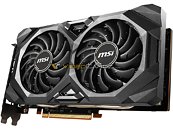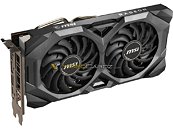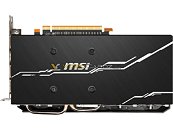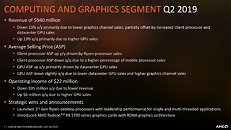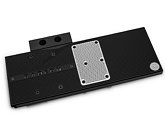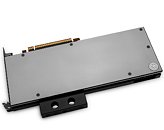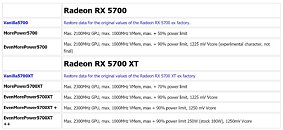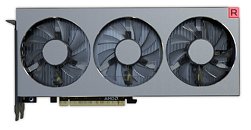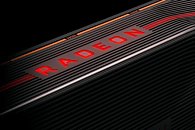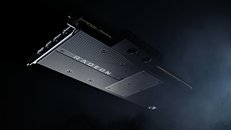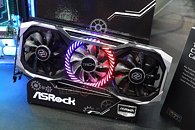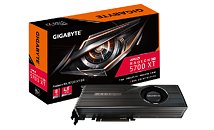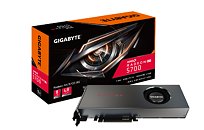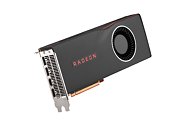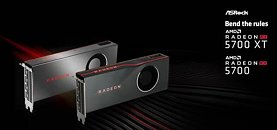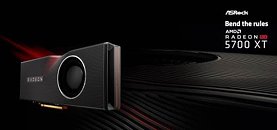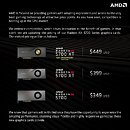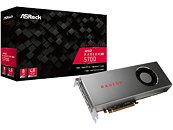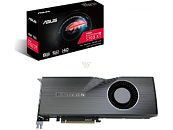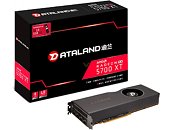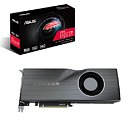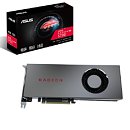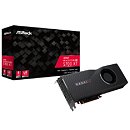AMD's recent Radeon Software Adrenalin 19.7.3 beta drivers appear to break the fan settings of reference-design Radeon RX 5700 XT and RX 5700 cards. All earlier drivers for these cards offered good idle fan-speeds, despite the lack of fan-stop, with the fan of Radeon RX 5700 XT idling around 14% or 740 RPM. Once the new 19.7.3 drivers are installed, the fan-speed never drops below 23% or 1,170 RPM. This phenomenon can be observed even on the reference RX 5700, which now idles at 22% fan-speed, or 1,130 RPM, up from 13% or 685 RPM. This increases fan speed RPMs by 66% for the RX 5700 XT and +57% for the RX 5700. To demonstrate this bug, we first installed reference RX 5700 XT and RX 5700 cards with 19.7.2 drivers, and logged their idle fan-speeds using GPU-Z. Next we switched to 19.7.3 and recorded the same data for a completely idle card, sitting at the desktop.
The raised idle fan-speeds keep the GPU cooler when idling. With 19.7.2, the GPU hotspot was observed to be around 42 °C. Booting from 19.7.3, we see hotspot temperature settle down to around 38 °C for the RX 5700 XT, and to 37 °C for the RX 5700. Such a small difference at such low temperatures really shouldn't have any effect on longevity or anything else. On the other hand, higher fan-speeds also mean that the idle fan-noise levels are noticeably higher, and no longer match the idle fan-speeds measured in
launch-day reviews by TechPowerUp and other tech publications.
Update (30/07): We can confirm that the 19.7.4 drivers released late Monday do not fix this issue.


